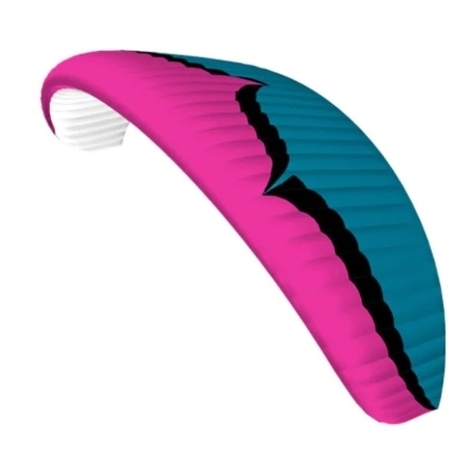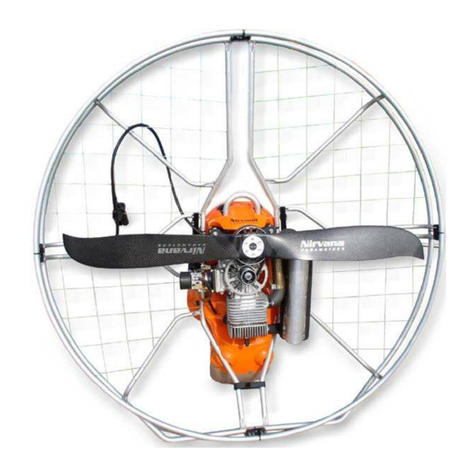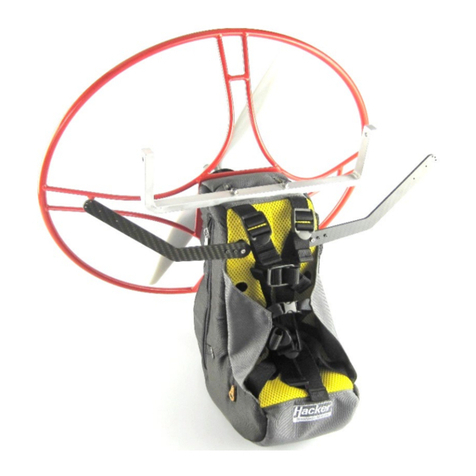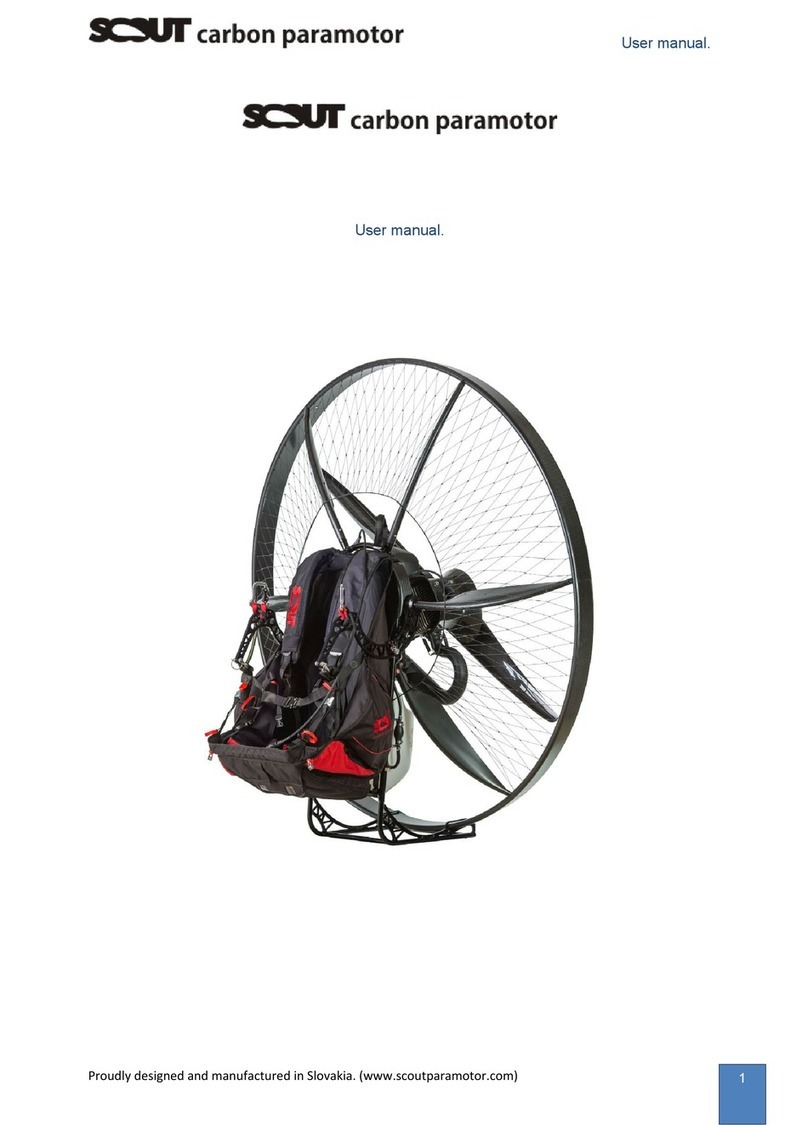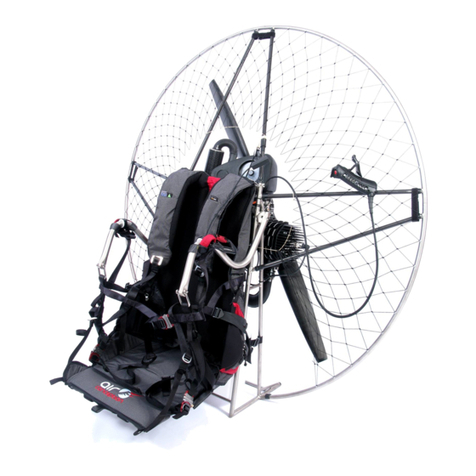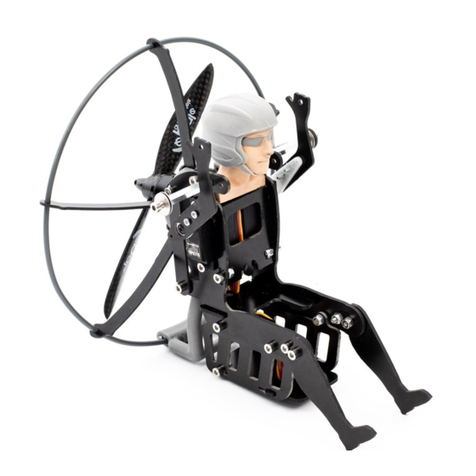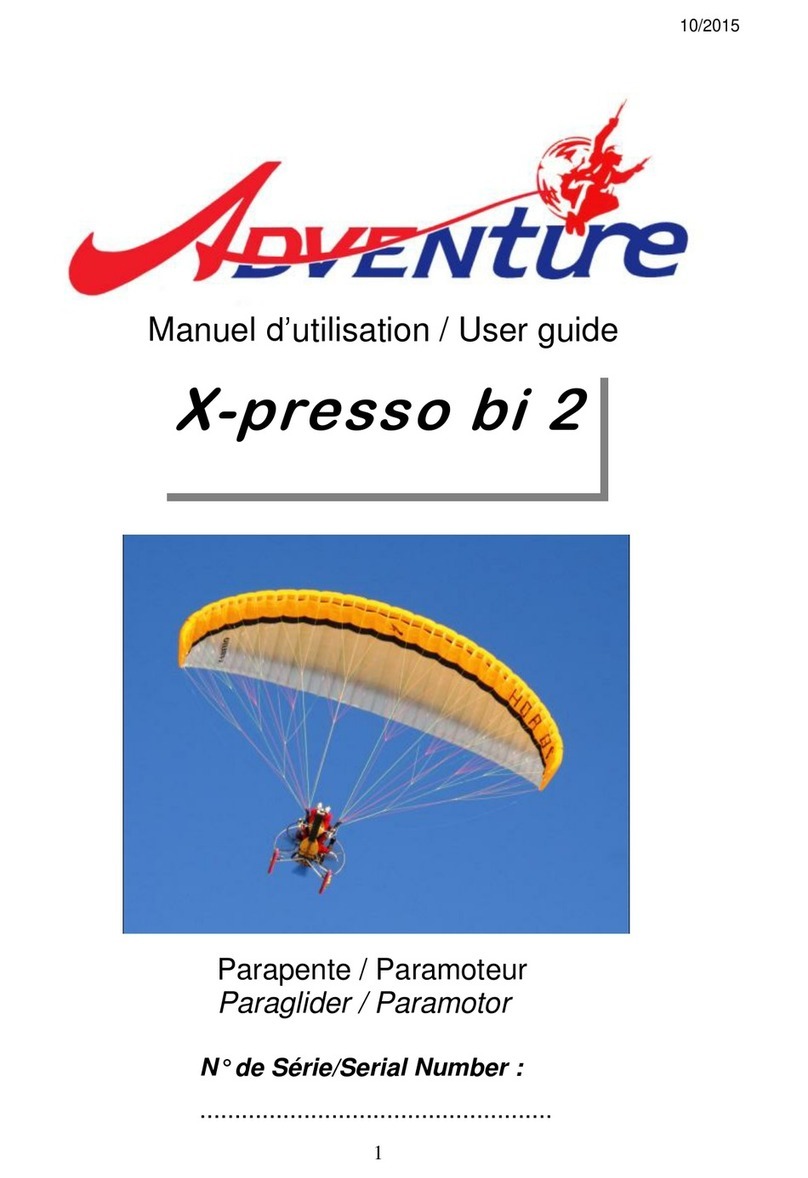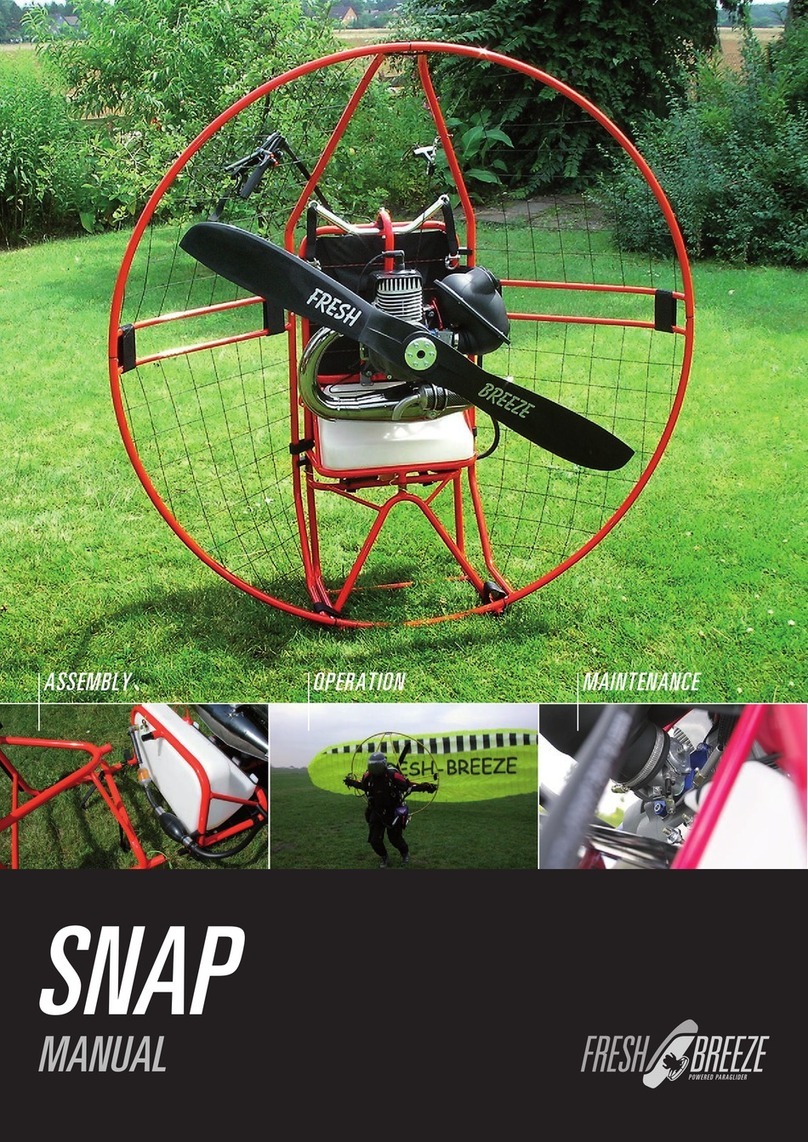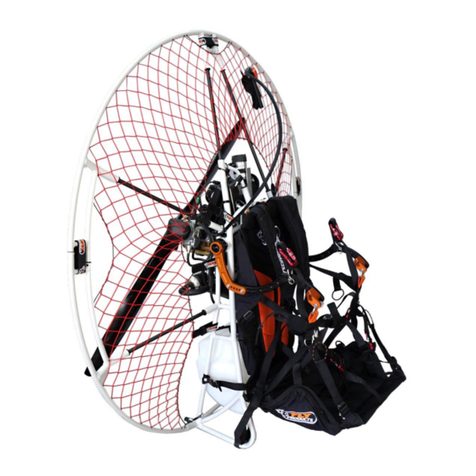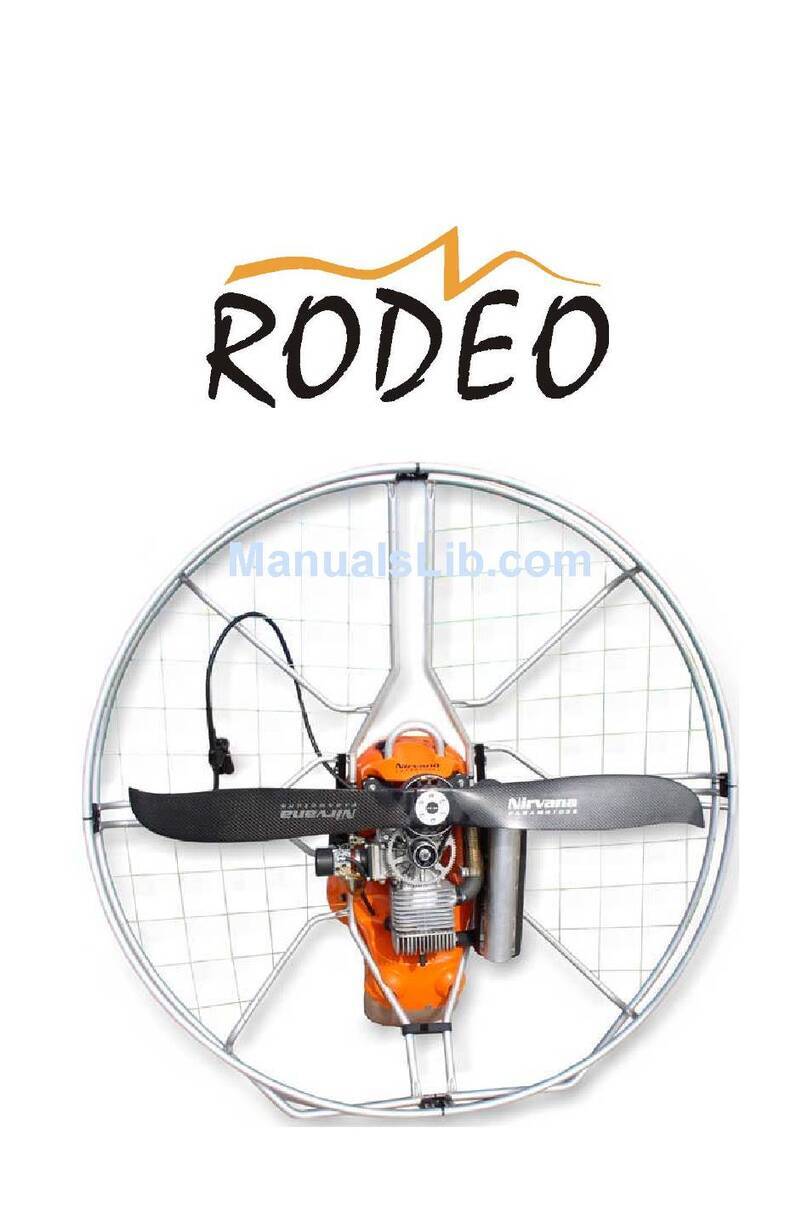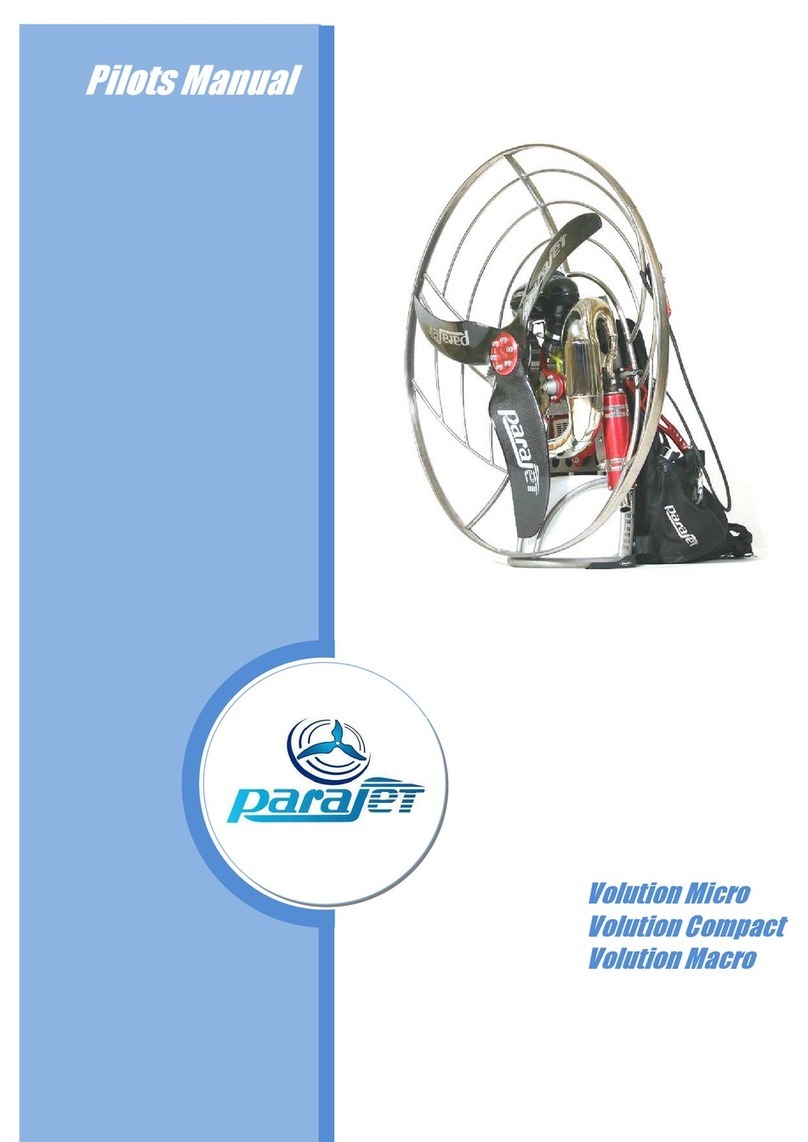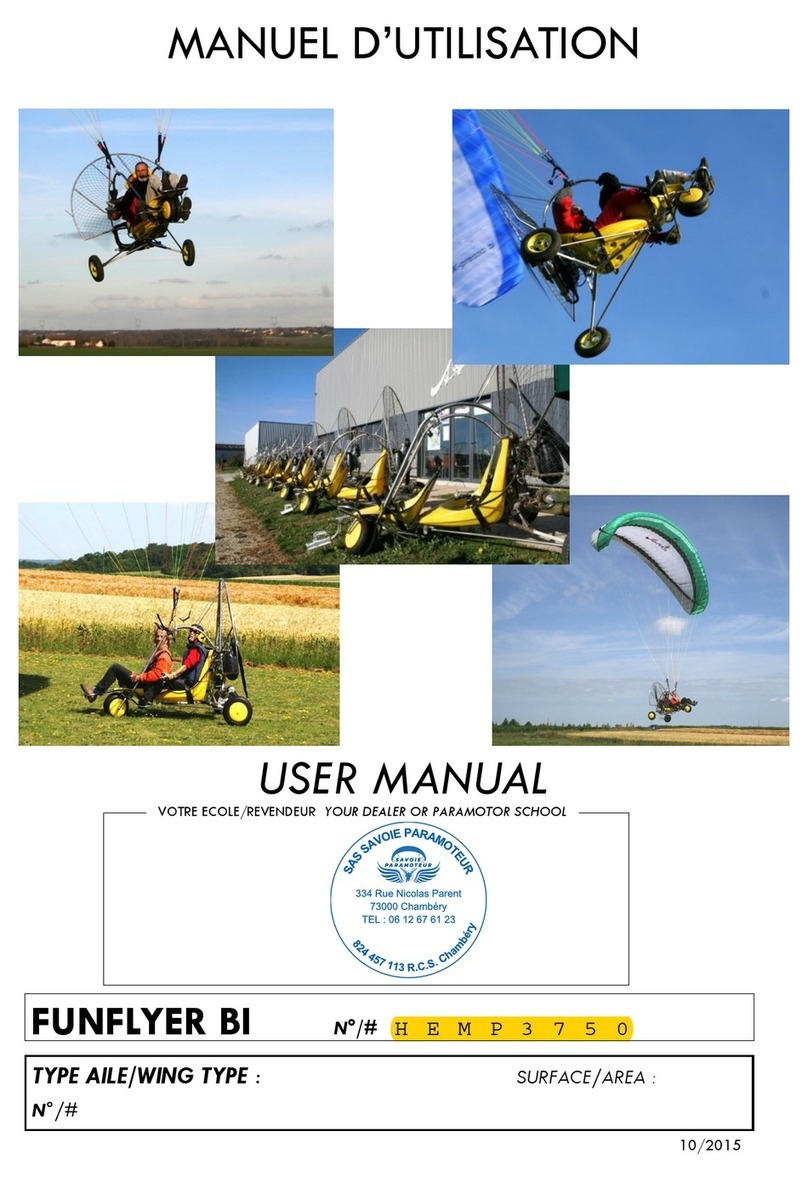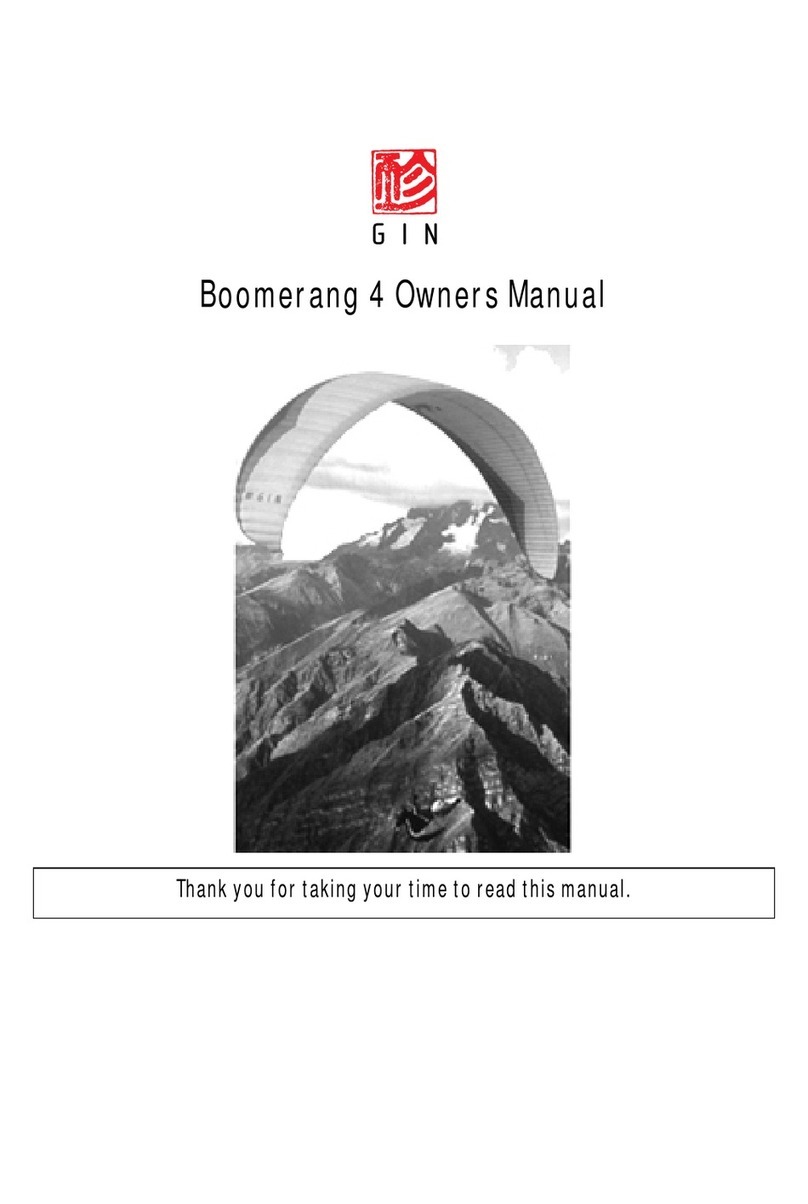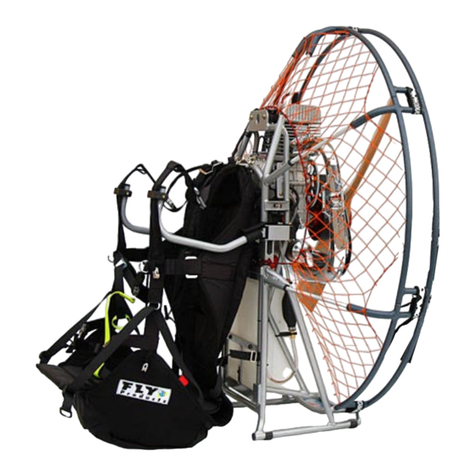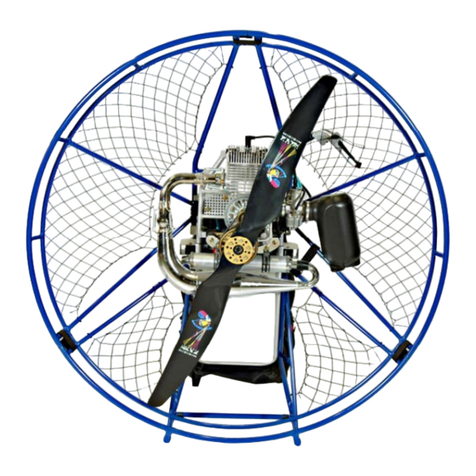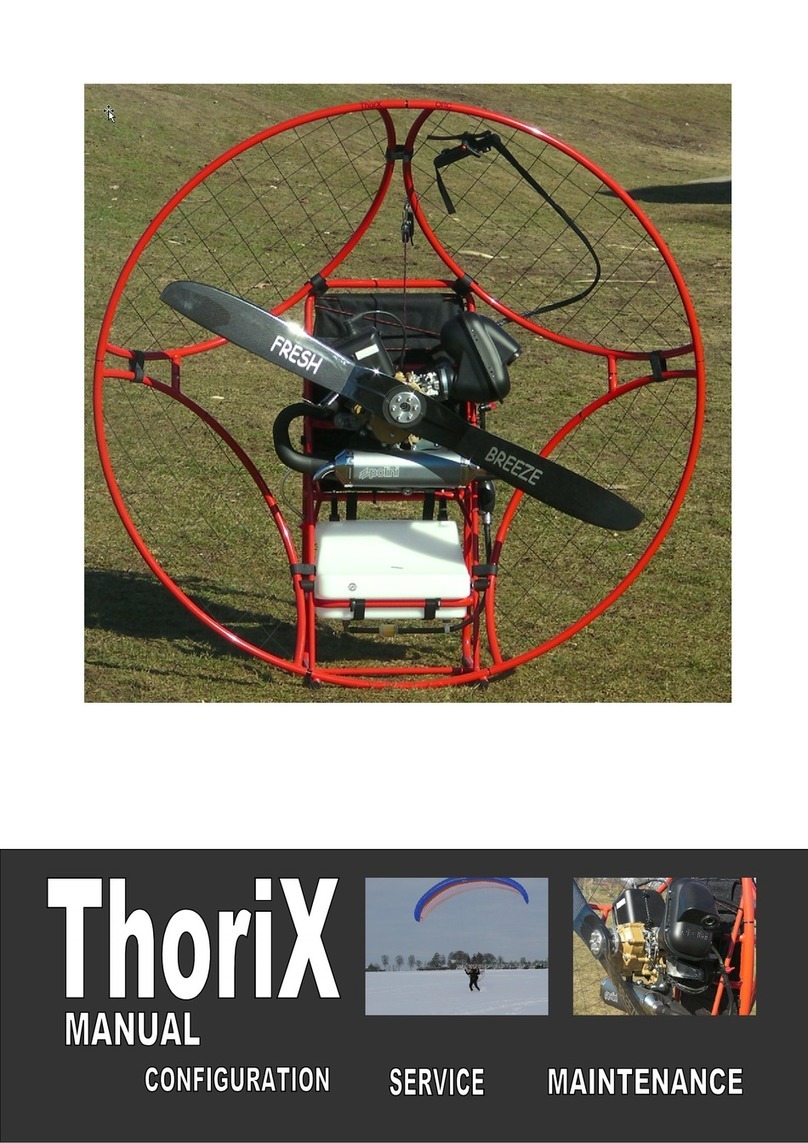
4
WARNING!!! Use of the powered paraglider is at your own risk.
Table of Contents
WARNING!!! ................................................................................................ 2
PRE-FLIGHT CHECKS ..................................................................................... 5
FLIGHT SAFETY PRECAUTIONS ...................................................................... 6
SOME GOLDEN RULES !!! ............................................................................. 7
PRE-ASSEMBLY CHECK ................................................................................. 8
List of Components......................................................................................................... 8
FITTING THE RADIATOR ............................................................................... 9
F ll ng the rad ator. .................................................................................... 14
FITTING THE PROPELLER BLADES ............................................................... 16
ASSEMBLING THE 3-PIECE PROPELLER GUARD ........................................... 17
Charg ng the Cyclone L Po battery: ............................................................ 18
REDUCTION BELT ADJUSTMENT ................................................................. 19
FITTING THE WEIGHT-SHIFT HARNESS ....................................................... 20
ADJUSTING THE WEIGHT SHIFT HARNESS........................................................ 21
MIXING FUEL AND OIL ............................................................................... 22
Caution!..................................................................................................................... 23
PRIOR TO STARTING THE ENGINE .............................................................. 24
Warning!!! - Stay Clear of this Area !!! ..................................................................... 24
STARTING THE ENGINE AND ENGINE TEMPERATURE ................................. 25
STOPPING THE ENGINE........................................................................................... 28
RE-STARTING THE ENGINE.................................................................................... 28
ENGINE TEMPERATURE.......................................................................................... 29
CARBURETOR ADJUSTMENT ...................................................................... 30
ENGINE RUNNING IN PROCEDURE ............................................................. 31
MAINTENANCE SCHEDULE ......................................................................... 33
EVERY 5 HOURS........................................................................................................ 33
EVERY 10 HOURS...................................................................................................... 34
EVERY 50 HOURS...................................................................................................... 34
TROUBLE SHOOTING .................................................................................. 34
STORAGE FOR A LONG PERIOD AND USE THEREAFTER .............................. 35
